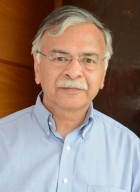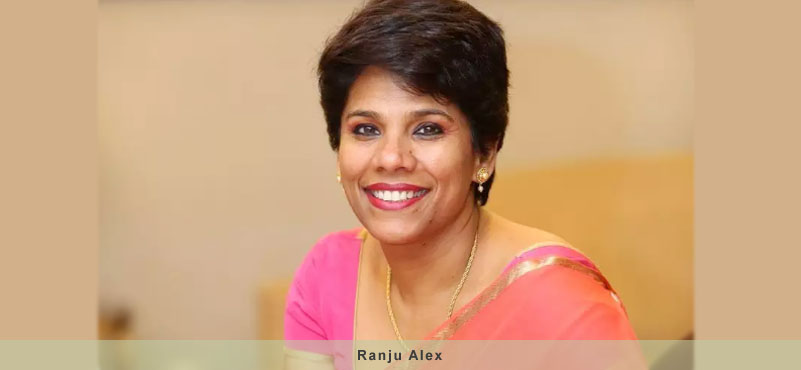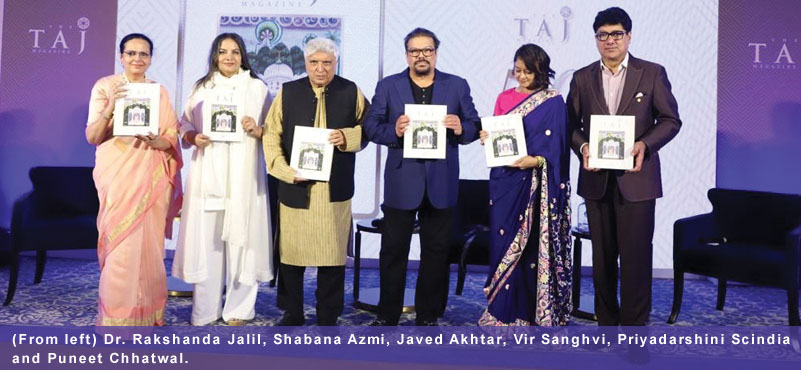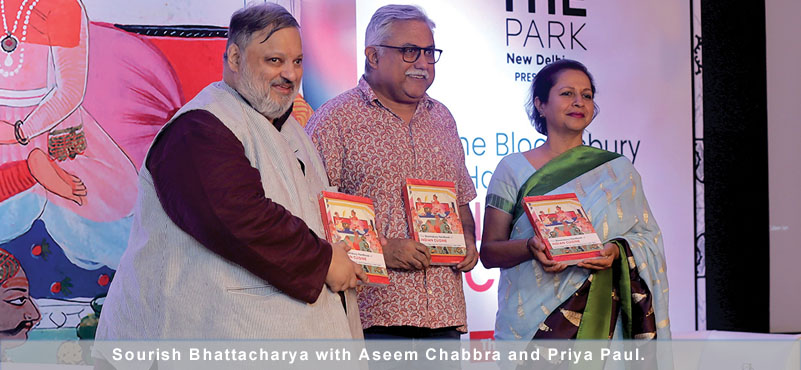With over forty years of experience in operating different hotels in the USA, Anupam Narayan asserted that the lack of organized market in India was driving the trend of the advent of new-age aggregators. He also believed that Indian companies needed to think like consumers to curate desired customer experience. An excerpt of the interview follows:
 Anupam Narayan leads a strategic advisory company which provides support to owners as well as companies around the world. Having been associated with the hotel industry for almost forty years, running different hotel companies, he, through his company provides support to hotel owners and companies that are looking to grow.
Anupam Narayan leads a strategic advisory company which provides support to owners as well as companies around the world. Having been associated with the hotel industry for almost forty years, running different hotel companies, he, through his company provides support to hotel owners and companies that are looking to grow.
Coming from a market that has long matured, to his understanding, travel and the hotel industry were growing at a fascinating pace. “It is especially in growing markets like India and China; people are looking to grow. As compared to the USA market, hotel industry in India is operating in, largely, an unbranded market,” he said.
Reminiscing about the state of hospitality industry, he said that in the 1950s, the USAs hospitality market was just as disorganized as India was today. “I believe it was sometime during the fifties when they opened their first chain which gave a standardization of hygiene and safety – which are two essential elements that a traveller is looking for in a hotel. What we are witnessing, with the advent of aggregators, is the same kind of evolution,” he explained why there was a sudden surge of aggregators in India.
“It is unorganized, and players like OYO Rooms and others are coming in an attempt to put some of it together. I think, it is wonderful because brands have only that much potential; they are restricted by several factors that define what they can and cannot do,” he added.
There have been allegations that these new kids on the block were acting more as disruptors, and backed by diverse streams of funding were changing the rules of the game. Anupam, agreeing to the assertion, added that while they were disrupting the market place, but, only twenty percent of the market was branded which left plenty of open spaces for every kind of operator. “A staggering eighty percent of the market is fragmented, and players like OYO rooms are operating in that segment. Therefore, branded players should not unnecessarily worry about it too much, because the Indian market is so huge that there is space for everybody. Instead of worrying about losing clientele, brands should focus on expanding their base and enhancing their offerings,” he said.
He also pointed to the growing number of travellers who were fuelling this trend. “Young professionals are travelling and exploring the world. Their experiences outside of India increases their expectations when they come back home,” he said. Adding that a number of tools were being developed to create personalized packages and experiences, he said “while their numbers are small, one must understand that it is still a huge market in the Indian context because of the sheer scale. I think it is this magnitude of scale which is driving innovation and business. I believe we will see a lot more standardization in the next five years,” he asserted. He hoped it would usher better quality, better offerings, and better consumer service.
While this development worked well to cater to the lowest common denominator, some observers in the past have raised concerned over the lack of standardization of safety and security. It was also true that a new brand could get demolished by a bad incident, whereas a reputed brand could weather the storm. But, Anupam Narayan believed that aggregators were adopting the strategy of strengthening their growth. “Over time, once they establish a certain scale, they will clean up their systems, sticking with hotels which follow their rules to the letter, follow security protocols and maintain the standard of hygiene and security that they promise as a brand,” he believed.
“Aggregators, many a times, take up one floor of a hotel; they have no control over other floors which may have really bad levels of hygiene. Therefore, we many also see these aggregators taking up entire inventory to control their product, and enforce their levels of service standards,” he added. He pointed towards how Radisson which did not have much scale back in the USA in 1980s, and in their bid to expand their presence, started flagging every hotel that they could find. “Once they got to a size of five hundred hotels, they started cleaning up the system. Today, they are a very strong brand, because they have managed to maintain their reputation and class of offerings,” he illustrated.
Taking a look at the state of international brands operating in India, he felt that most of them were already here, and now it was a matter of expansion. “It is noteworthy that some of them have adapted to cater to Indian needs. This has been a course correction from earlier prevalent modus operandi of copy pasting models of operation and offerings,” he said.
Stating that while it was true that, in general, some of the domestic brands had been able to better understand the psyche of Indian travellers, but they did not spend much time managing their revenue yield management. “I think they can do a much better job in offering the customer what they want as a customer. I think, generally, brands outside of India think more like a customer than Indian brands. Indian hotel companies sometimes think themselves as a company first and consumer later; it should be the other way around,” he suggested.




































